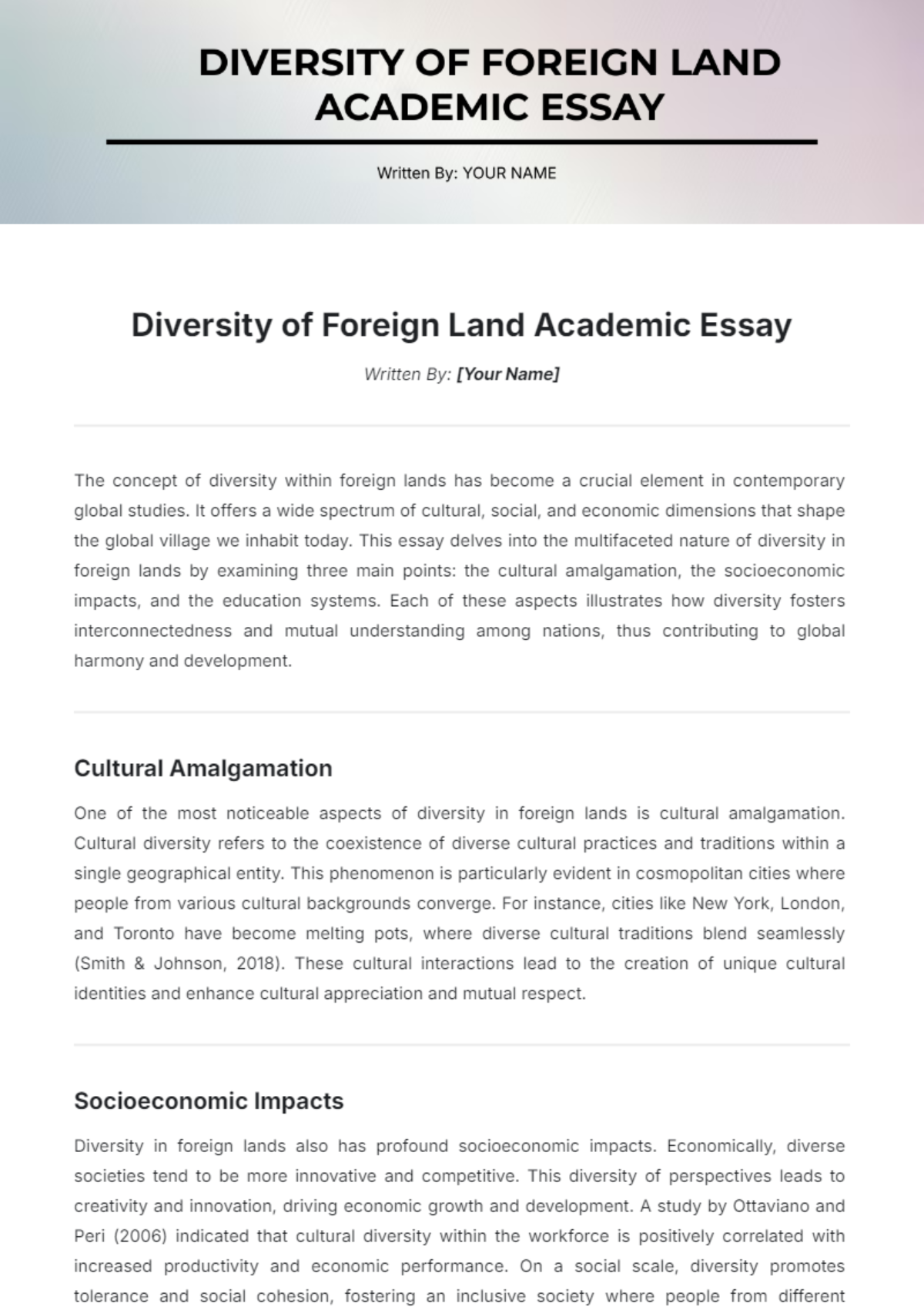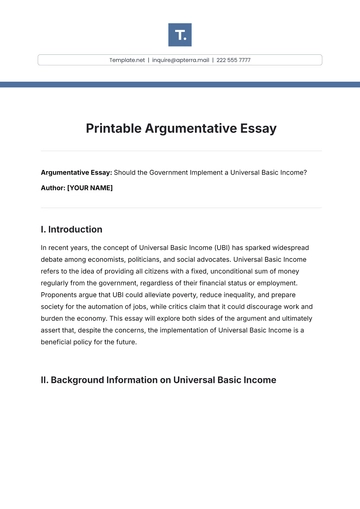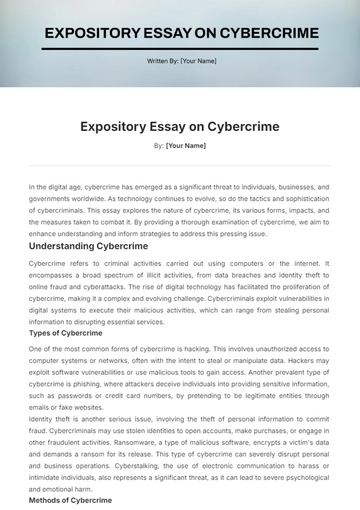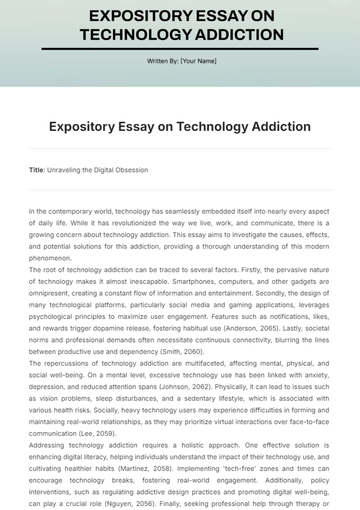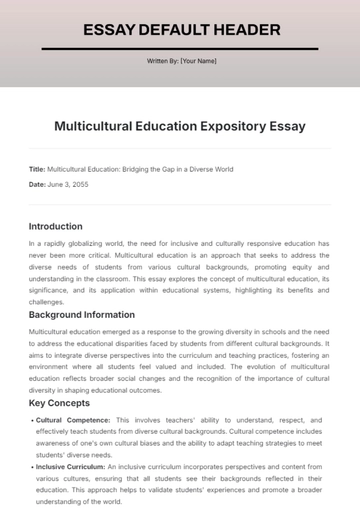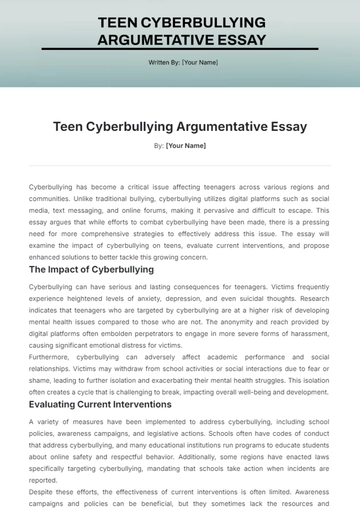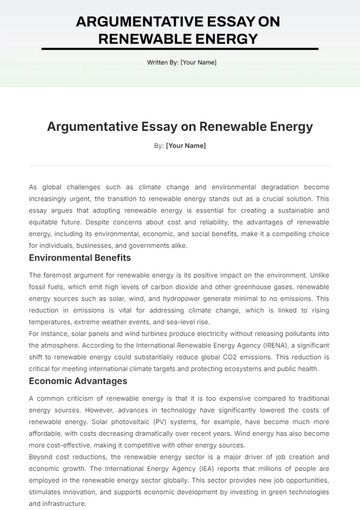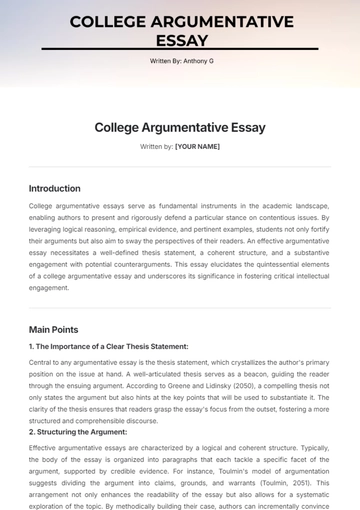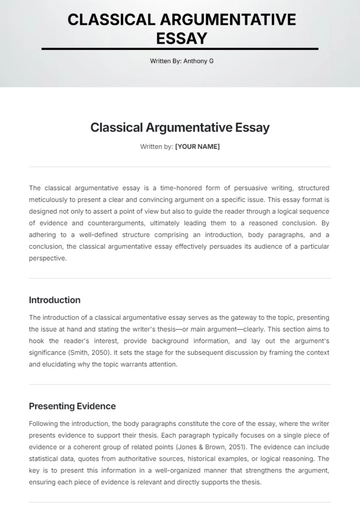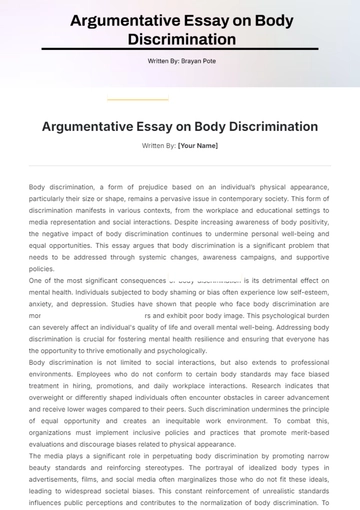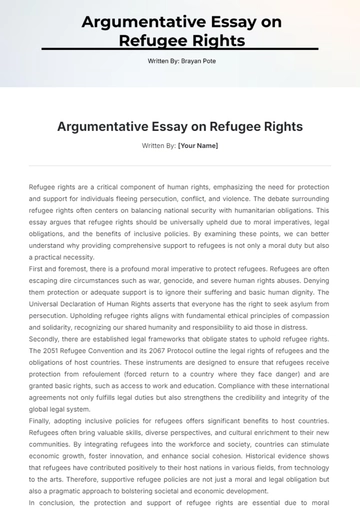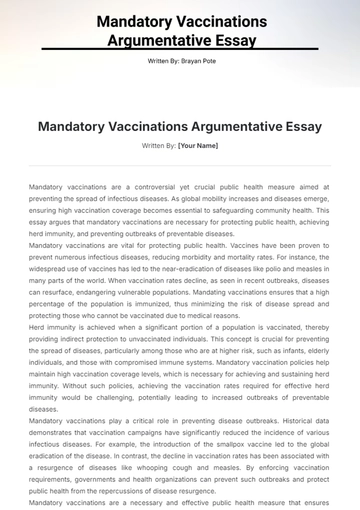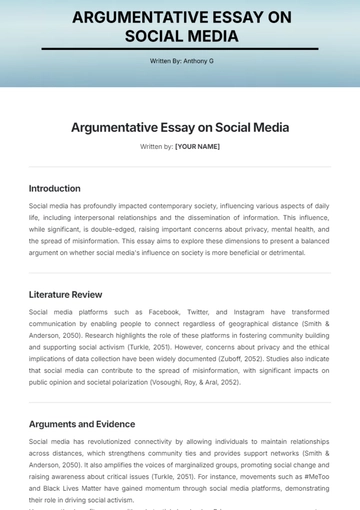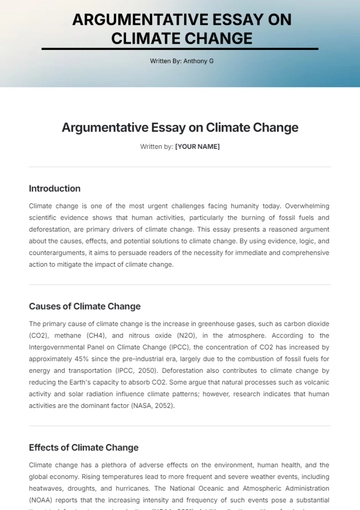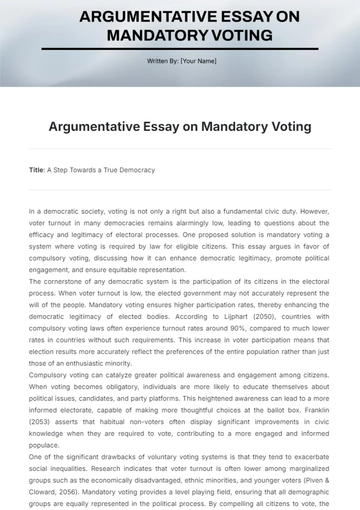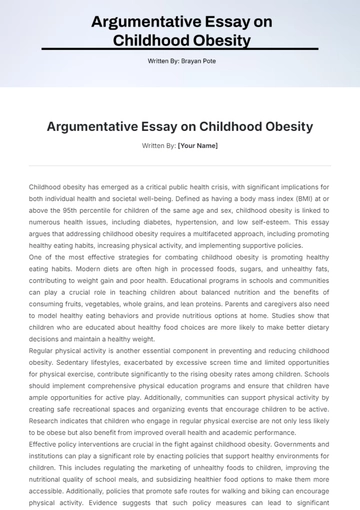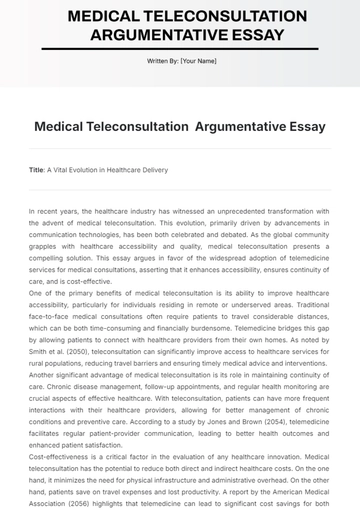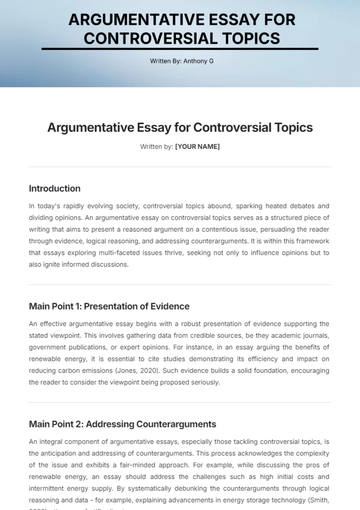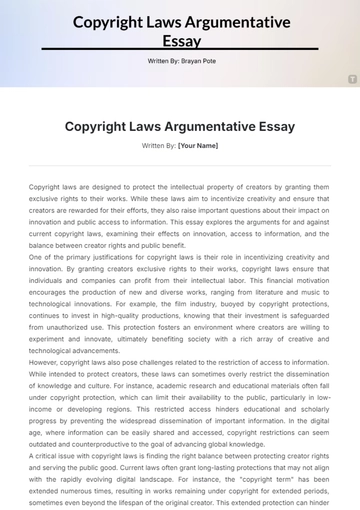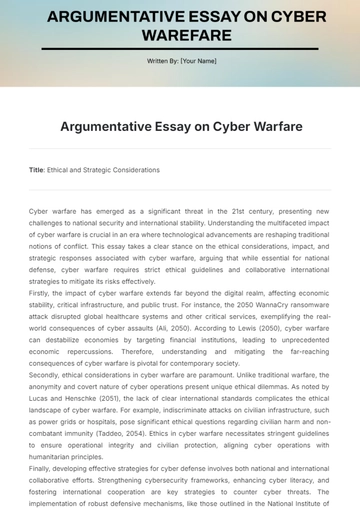Diversity of Foreign Land Academic Essay
Written By: [Your Name]
The concept of diversity within foreign lands has become a crucial element in contemporary global studies. It offers a wide spectrum of cultural, social, and economic dimensions that shape the global village we inhabit today. This essay delves into the multifaceted nature of diversity in foreign lands by examining three main points: the cultural amalgamation, the socioeconomic impacts, and the education systems. Each of these aspects illustrates how diversity fosters interconnectedness and mutual understanding among nations, thus contributing to global harmony and development.
Cultural Amalgamation
One of the most noticeable aspects of diversity in foreign lands is cultural amalgamation. Cultural diversity refers to the coexistence of diverse cultural practices and traditions within a single geographical entity. This phenomenon is particularly evident in cosmopolitan cities where people from various cultural backgrounds converge. For instance, cities like New York, London, and Toronto have become melting pots, where diverse cultural traditions blend seamlessly (Smith & Johnson, 2018). These cultural interactions lead to the creation of unique cultural identities and enhance cultural appreciation and mutual respect.
Socioeconomic Impacts
Diversity in foreign lands also has profound socioeconomic impacts. Economically, diverse societies tend to be more innovative and competitive. This diversity of perspectives leads to creativity and innovation, driving economic growth and development. A study by Ottaviano and Peri (2006) indicated that cultural diversity within the workforce is positively correlated with increased productivity and economic performance. On a social scale, diversity promotes tolerance and social cohesion, fostering an inclusive society where people from different backgrounds can work toward common goals. These benefits underscore the importance of embracing and nurturing diversity.
Education Systems
The education systems in foreign lands reflect an increasing emphasis on diversity and inclusion. Schools and universities have recognized the need to prepare students for global citizenship by promoting cultural competence and cross-cultural understanding. Curriculum reforms and international exchange programs are formidable steps in this direction. According to Banks (2015), multicultural education not only broadens students' horizons but also equips them with the necessary skills to navigate and succeed in a diverse world. By integrating diverse perspectives into their education systems, foreign lands ensure that their students are well-prepared for the complexities of the globalized world.
Conclusion
In conclusion, the diversity of foreign lands holds significant cultural, socioeconomic, and educational implications. The cultural amalgamation witnessed in global cities highlights the richness that diversity brings to societies. The socioeconomic benefits further underscore the importance of fostering an inclusive environment. Finally, education systems are increasingly focused on promoting diversity to prepare future generations for a globalized world. Embracing diversity is not just a moral imperative but also a strategic advantage in today's interconnected world.
Essay Templates @ Template.net
